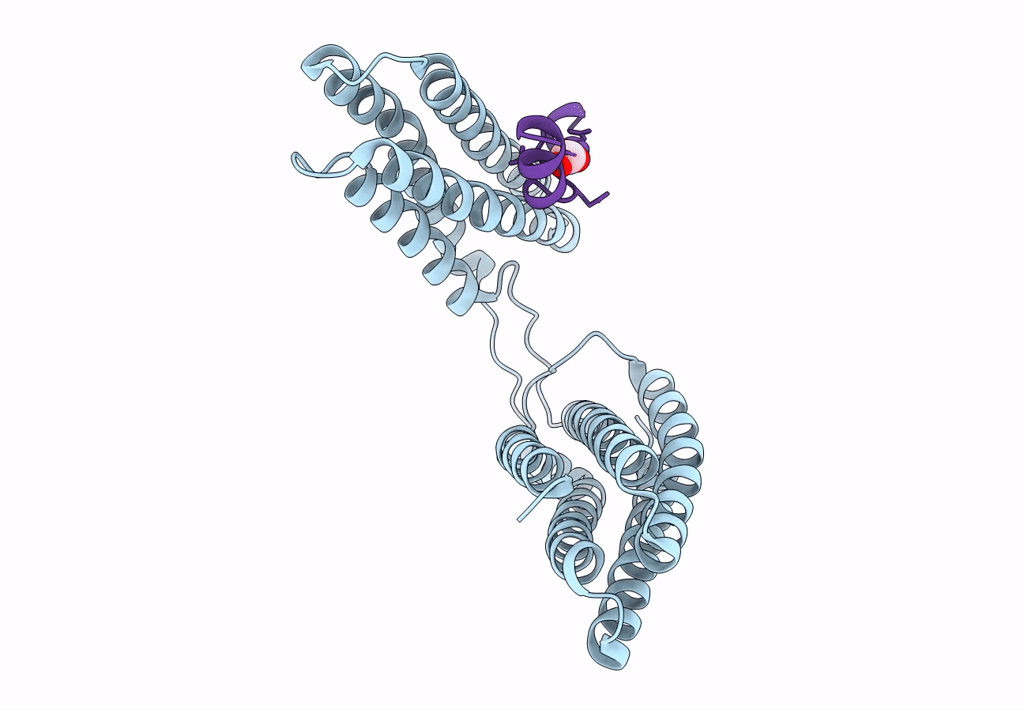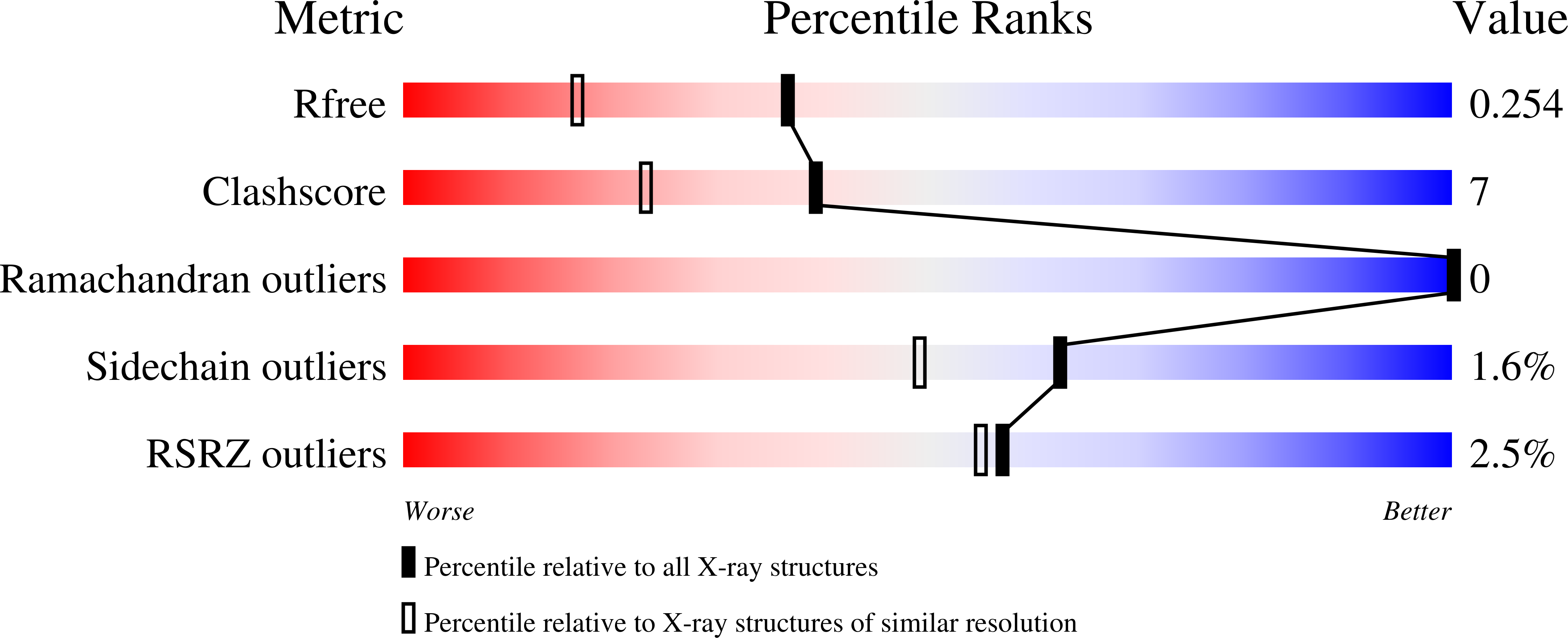
Deposition Date
2022-05-11
Release Date
2023-06-14
Last Version Date
2024-10-16
Entry Detail
PDB ID:
7V1A
Keywords:
Title:
Stapled TBS peptide from RIAM bound to talin R7R8 domains
Biological Source:
Source Organism:
Mus musculus (Taxon ID: 10090)
Host Organism:
Method Details:
Experimental Method:
Resolution:
1.85 Å
R-Value Free:
0.25
R-Value Work:
0.21
R-Value Observed:
0.21
Space Group:
P 21 21 2


